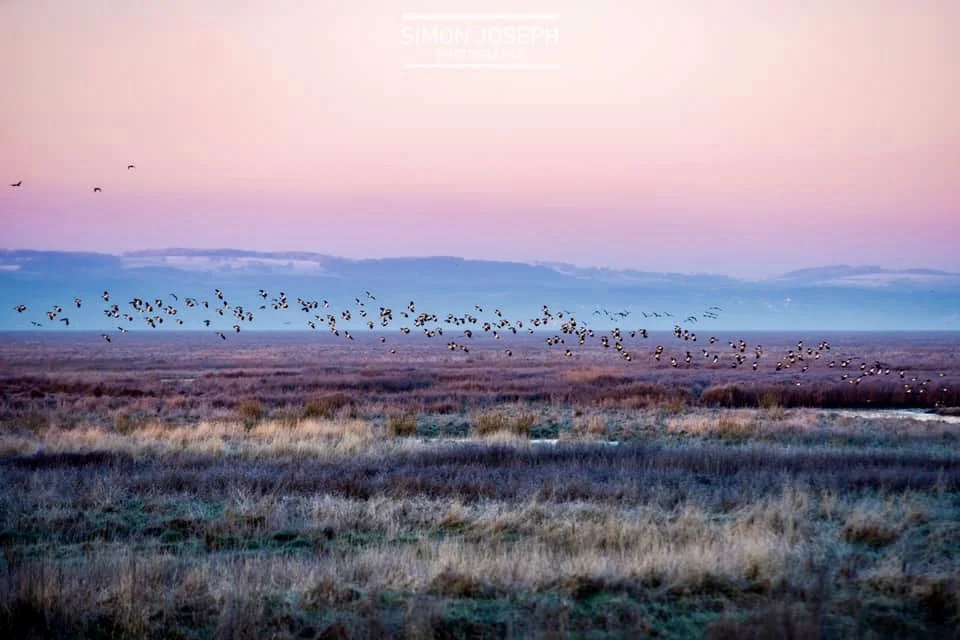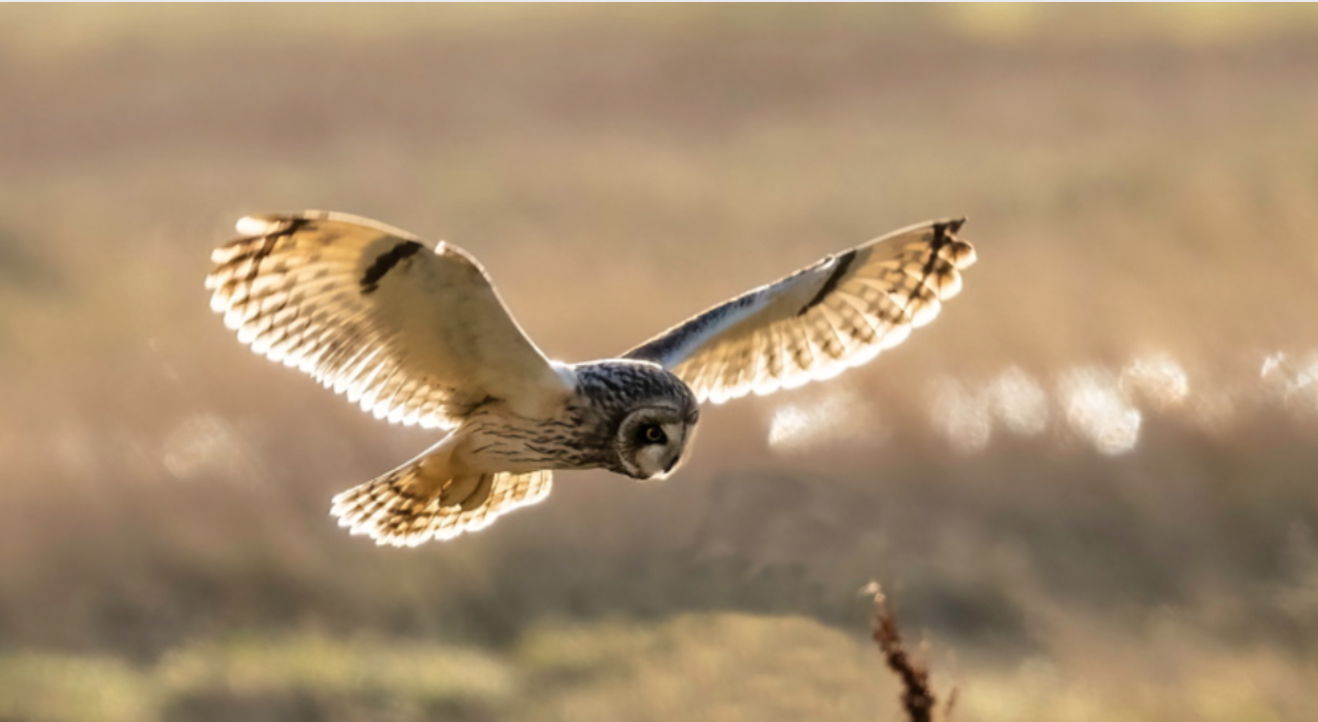birdwatching
The Dee Estuary holds some of the best wetland habitats in the country, particularly the vast saltmarsh that spans as far as the eye can see from Parkgate. Until the 1950s, Parkgate was a seaside resort with golden sands, but man’s influence on the estuary led to the rapid spread of the saltmarsh which now makes up part of the RSPB Dee Estuary reserve. It is now designated as a Site of Special Scientific Interest (SSSI) and SPA for its winter wildfowl and wading bird numbers, and the saltmarsh is a designated SAC for the special plant assemblages growing here.
PLEASE NOTE: Do not be tempted to wander onto the marsh; it is full of small but deep gulleys and waterways that are covered by vegetation; in spring and summer, birds are nesting and must not be disturbed, and dogs must not be allowed on the marsh without a lead.
Parkgate highlights
The numbers of birds on the Dee estuary is outstanding. In winter, it is home to over 100,000 wetland birds, but is well worth a visit at any time of the year.
The most popular time for visitors is when the high tides wash in, covering the marshes and disturbing the wildlife, forcing them into closer view in search of somewhere drier or shallower whilst the tide peaks. The best places to watch this are from the Old Baths or along the Parade. The RSBP usually have a stall out on high tide days.
Winter month highlights include a wide range of raptors: Hen Harriers, Marsh Harriers, Short-eared owls, Barn owls, Merlins and Kestrels. Flocks of knot, dunlin, lapwings, curlews, redshanks and black-tailed godwits can be seen as well as wintering ducks such as pintail, wigeon, teal and shelduck. Bitterns roost in Neston reed beds to the south of Parkgate and can be seen flying back to the reed beds at the end of the day. At high tide water rails are often spotted coming ashore. The estuary also hosts up to 10,000 pink footed geese during the winter months.
Short-eared owl hunting on the marshes at Parkgate
Little Egret on Parkgate Marsh by Robert Clive
The saltmarsh hosts nesting skylarks, redshanks and spotted redshanks in summer, as well as greenshanks in autumn. The Neston reed beds are a good spot for Reed Warblers, Grasshopper Warblers, Reed Buntings and Water Rail. You sometimes see the Marsh Harriers nesting here.
All year round you can find the egrets: Little Egrets, Great White Egrets, Cattle Egrets and occasionally Spoonbills who are regular visitors to the Boathouse end of the Parade.
Main Birdwatching sites in the area
Parkgate Old Baths: a regular haunt for bird watchers and a favourite spot for barn owls and hen harriers. You can also see kestrels, water rails, curlews, egrets and herons along this stretch of the marsh. On the pool opposite Beryl Road, Spoonbills can be seen during spring and summer.
Neston Reed Beds: a quiet area at the other end of Parkgate with its natural spring and an area of well established reed beds. It is here that the marsh harriers roost and the short eared owls can regularly be seen hunting. These reed beds are also home to water rail, bitterns and a range of smaller birds: reed warblers, grasshopper warblers, Cettis warblers and reed buntings. If you sit quietly on the step by the gate they will soon appear out of the grass. Your only interruption will be the occasional local coming down to fill large containers with cool, clear water from the Parkgate spring.
Neston Old Quay: another quiet area close to the local sewage works and a good observation point. You can see the marsh and hen harriers hunting from here, and see warblers and water pipits around the stream leading down to the marshes.
Denhall Quay: a lovely section of the marsh that is conveniently located by the Old Harp Inn (highly recommended). There are amazing views all along this stretch - you can often spot several short eared owls out hunting for voles in the afternoon. The egrets frequent the many pools in the marshes around here.
Decca Pools: a group of brackish pools harbouring wild fowl and waders, plus many egrets and herons. On high tide days the birds use this area as a high tide roost.
Burton Point: the site of an Iron Age promontory fort overlooking the Dee Estuary on what would have been on the original course of the River Dee. It has great views over the estuary and there are also a family of little owls in the area around here.
Burtonmere: an RSPB managed wetlands and woodland reserve with a large population of birds. Always worth a visit.
Further information on birding at Parkgate can also be viewed on the Dee Estuary website.
Short-eared Owl over Neston Marsh, © Jeff Cohen
Bird Identification
One of the signature features of Parkgate is the sound of birds. They are all around you, all the time and make their presence felt through bird song. You usually hear them before you see them. The RSBP has an excellent bird song play list with some of the common birds you'll find in and around the local area.
Last Updated March 2024







